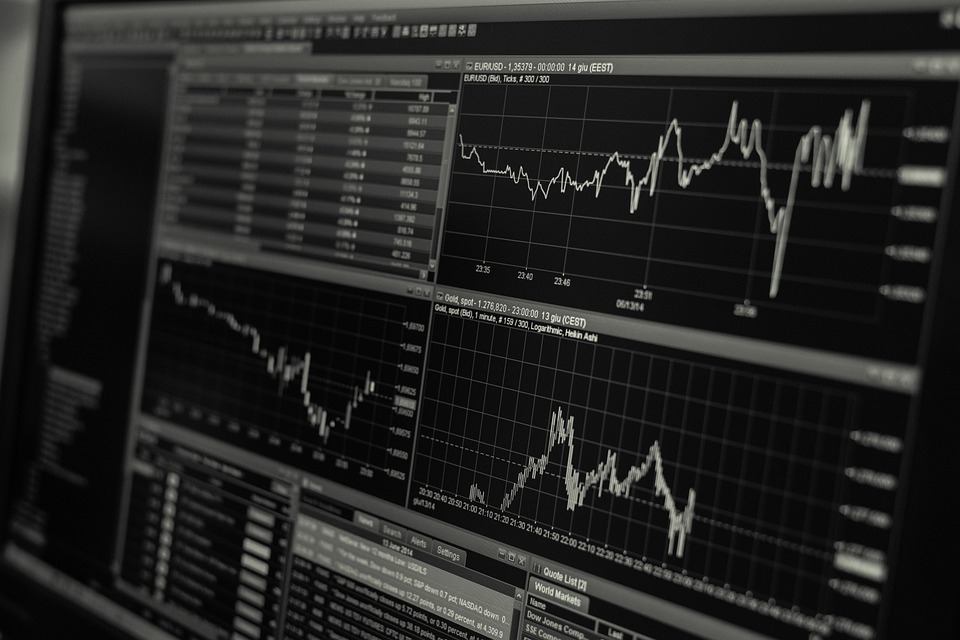Due to different market conditions, more and more investors are adopting secondary markets for commercial real estate.
But what are the current market conditions? And how do they influence today’s investors to turn to these markets to expand their commercial real estate portfolio?
Understanding current market conditions
Commercial real estate has secondary markets characterized by the following:
- Possibility of stable national economic trends
- Improving buyers’ ability to take risks
- Significant difference in yields across the secondary and primary markets
These factors drive investors to focus on the secondary markets to improve their returns.
Deciphering real estate secondary markets
As the name suggests, these markets get the second position in the hierarchy of commercial real estate investments.
But secondary markets bring unique opportunities and risks.
The assumptions that underpin the coastal commercial real estate investment strategy may not hold for lenders operating in low-liquidity areas. This means one thing: secondary markets may not be the most ideal business when done on a smaller scale.
The thing is, the difference between secondary and primary markets extends far beyond a simple tally of commercial real estate in each area. And if a person enters the world of such markets for the first time, he will not be able to understand the different participants in the market, the different holdings, and the connections to the real economy.
Speaking of their problems, these markets present unique barriers related to the acquisition of property, actions of investors, and availability of funds. (In general, investors may have difficulty finding suitable financing opportunities to start buying activities in the secondary markets).
Long term prospects in the secondary markets
Most investors turn to these markets for commercial real estate.
Why?
Mostly, investors are motivated by the secondary market’s long-term bullish expectations.
It is because some markets give high gains provided they meet some criteria.
For example, some markets may have a high concentration of skilled workers along with a proven track record of innovation. These markets rank at the top of the list of profitable markets. Other than that, some supply-constrained markets can provide high returns.
But just because a skilled workforce is driving long-term growth initiatives in any market doesn’t necessarily make it less volatile. From when to invest to asset selection, these markets also have multiple factors governing their liquidity models.
Like any other market, the secondary market will have its own unique risks as well. Investors who want to expand their portfolio by speculating in these markets have to take into account a variety of aspects.
First of all, they will have to consider the fact that the global economy is expanding and has an impact on the economies of different countries. Because of its synergistic effects, the global economy is pushing itself away from financial crises at a steady pace.
In successfully analyzing these factors, investors should integrate their analyzes into deciphering how and when these external influencers will change patterns of market performance and trade-offs between risk and return.
Successful analysis of the current economic landscape and its impact on secondary markets will nudge policy makers, investors and lenders in the right direction.
